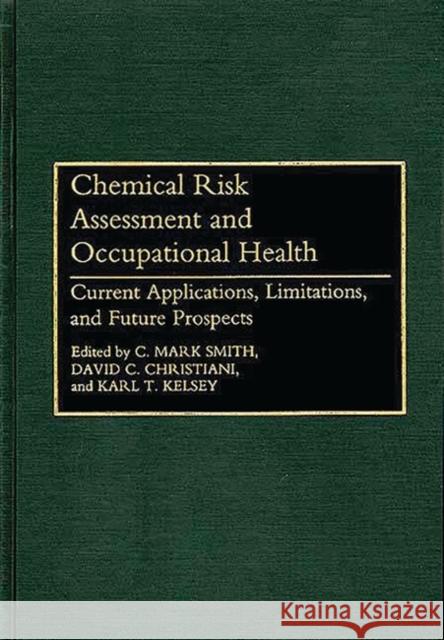Chemical Risk Assessment and Occupational Health: Current Applications, Limitations, and Future Prospects » książka
Chemical Risk Assessment and Occupational Health: Current Applications, Limitations, and Future Prospects
ISBN-13: 9780865692190 / Angielski / Twarda / 1994 / 304 str.
Chemical Risk Assessment and Occupational Health: Current Applications, Limitations, and Future Prospects
ISBN-13: 9780865692190 / Angielski / Twarda / 1994 / 304 str.
(netto: 363,30 VAT: 5%)
Najniższa cena z 30 dni: 377,06 zł
ok. 30 dni roboczych.
Darmowa dostawa!
The contributors provide a rich overview of the strengths and limitations of using risk assessment methods in the occupational health arena.
This book brings together a distinguished group of experts in occupational health and risk assessment who express diverse views on the usefulness of risk assessment in the protection of worker health. Representatives from regulatory agencies, labor, industry, and academia consider both policy and technical issues, providing a rich overview of the strengths and limitations of using risk assessment methods in the occupational health arena.
Both policy and technical issues are explored. Several contributors focus on the policy implications of regulatory agencies' increasing reliance on risk assessment to guide occupational and environmental risk reduction strategies. Others consider specific methodological issues relating to the application of state-of-the-art scientific developments to the evaluation of occupational risks. Chapters are organized to consider specific aspects of the field including current applications of risk assessment methods by federal regulatory agencies; approaches to improving the use of epidemiological data in risk assessment; the use of animal bioassay data to predict occupational risks; potential uses of cutting-edge scientific data on toxicological mechanisms, toxicokinetics, and biomarkers in risk assessment; specific issues including ethics, values, and sociopolitical aspects of the process, and a concluding chapter discussing future directions to the evaluation and regulation of risks to worker health and safety. Given the range of policy and technical issues explored, this collection will be invaluable to professionals as well as academics in the fields of occupational health and environmental risk assessment.











